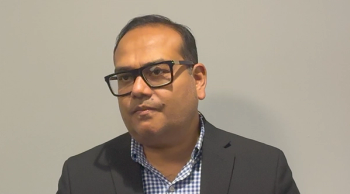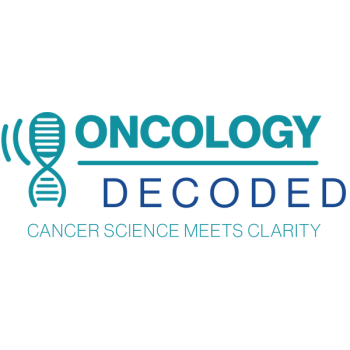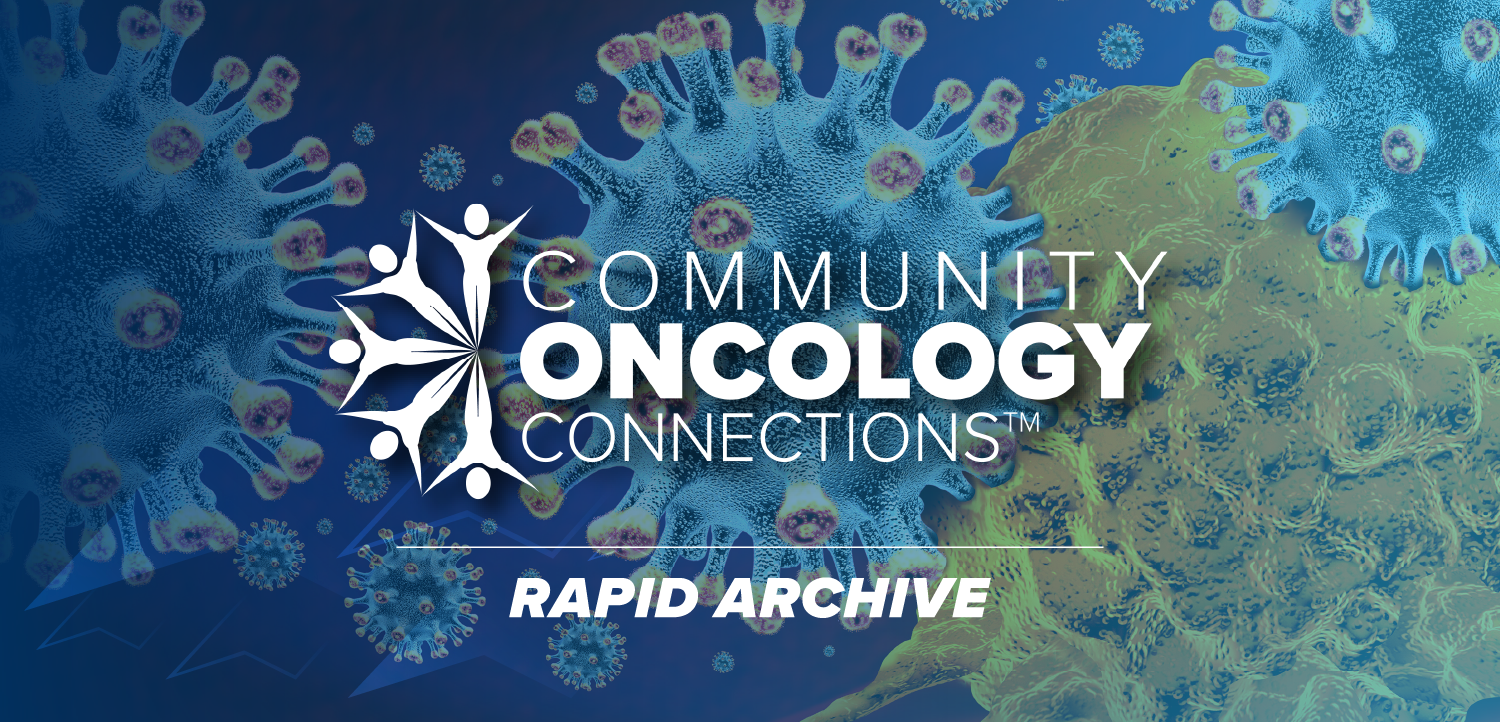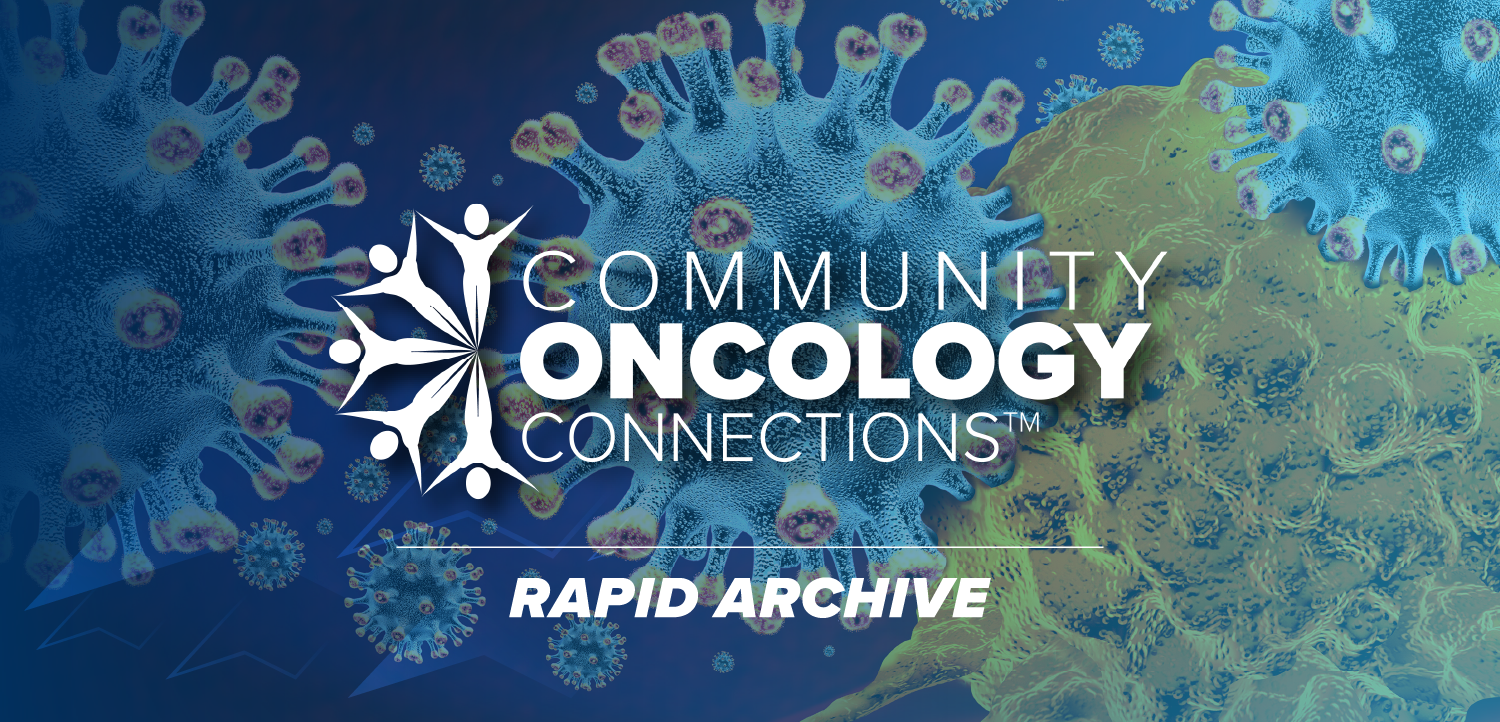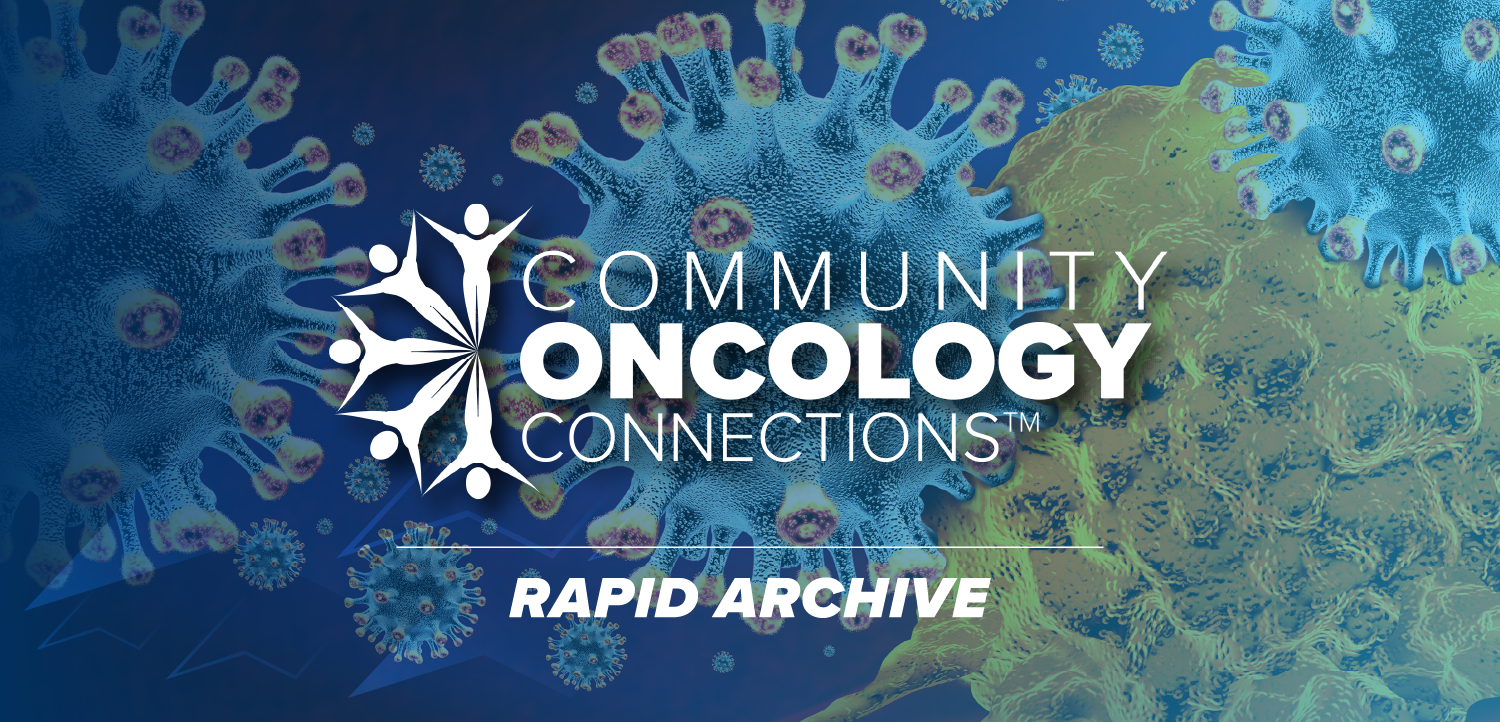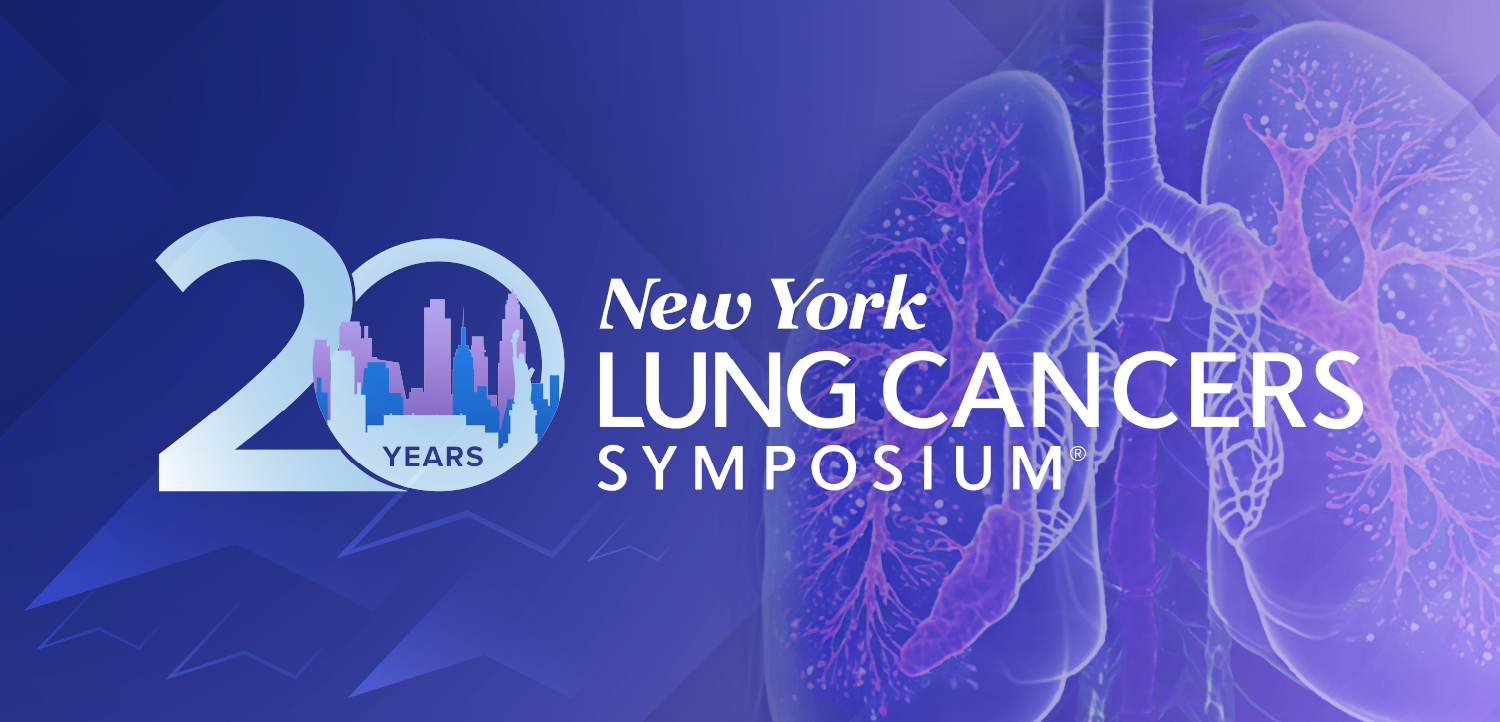
Joel W. Neal, MD, PhD Discusses the Data on Cabozantinib and Atezolizumab Use in Advanced NSCLC
In terms of tumor control, treatment with cabozantinib and atezolizumab led to an overall response rate of 19% among patients with advanced non–small cell lung cancer, according to Joel W. Neal, MD, PhD.
Joel W. Neal, MD, PhD, a medical oncologist and associate professor of medicine at Stanford Cancer Institute, sat down with CancerNetwork® during the
Transcript:
One interesting thing we looked at was the response rate [for] the combination of cabozantinib and atezolizumab; 19% of those 81 patients had tumors that responded. [Moreover], 76% of tumors actually had some degree of tumor shrinkage. We saw this as a very encouraging sign of clinical activity from the combination regimen.
Even though we didn't have PD-L1 status on all the tumors that were collected, of the PD-L1–negative tumors, there were lower response rates in the 10% range vs PD-L1–positive tumors. And most interesting to me, the PD-L1 unknown [tumors], the ones that hadn't been tested or [for which] we don't have central tissue to retest, actually had a slightly higher response rate and seemed to have better outcomes. There was some effect by PD-L1. It was interesting because I would have thought that the first-line use of immunotherapy would have minimized any effect from the PD-L1 being high or low.
Reference
Neal JW, Santoro A, Viteri A, et al. Cabozantinib (C) plus atezolizumab (A) or C alone in patients (pts) with advanced non–small cell lung cancer (aNSCLC) previously treated with an immune checkpoint inhibitor (ICI): results from Cohorts 7 and 20 of the COSMIC-021 study. J Clin Oncol 2022;40 (suppl 16):abstr9005. doi:
Newsletter
Stay up to date on recent advances in the multidisciplinary approach to cancer.


